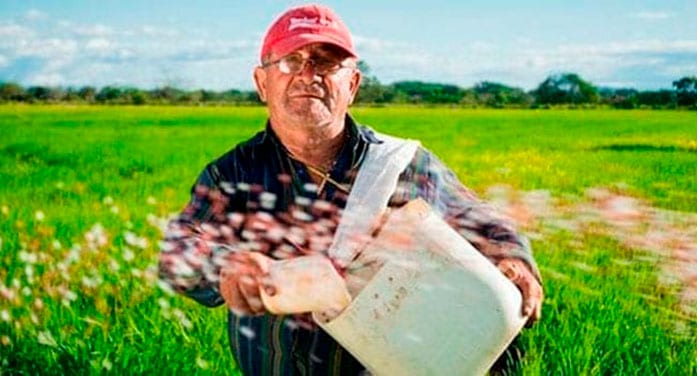 Spend, spend, spend – that’s the strategy. And green is the colour of choice.
Spend, spend, spend – that’s the strategy. And green is the colour of choice.
The environment is front, left and centre in the latest federal budget. Everybody is getting something to get more environmentally focused – well, almost everybody.
While taxpayers won’t get a break any time soon, the federal government’s footprint in our economy will grow substantially over the next few years.
However, these are not normal times. Despite record deficits, most Canadians will see this budget as a parenthesis, buying time before things get back to some sort of normalcy. Someone will have to pay for all this but it doesn’t seem to matter right now.
The federal government delivered very much what most people were expecting in the April 19 budget – and the agri-food sector is getting its due share.
The carbon tax had become a problem for farmers who had little or no option to reduce emissions. With a carbon tax likely going up to $170 a tonne by 2030, drying grains will get increasingly expensive since little alternative technology exists.
But the budget supports the use of green technologies for farmers, with $50 million set aside for the purchase of more efficient grain dryers for farmers across Canada.
It’s money better spent in this way than buying $12-million eco-freezers for Loblaws, a decision last year that became a farce. Farmers have fewer choices than grocers when it comes to reducing their carbon footprint.
Farmers already had access to programs to support the purchase of greener energy but the federal government clearly wanted to make a statement with the grain dryer funding.
FROM THE ARCHIVES: Federal budget spends more on everything with no plan to pay for it by Aaron Wudrick and Franco Terrazzano
Broadband internet is also getting more funding. Increasing capacity to allow for more efficient communications in remote areas should be a priority, especially with COVID-19 creating the need for more telecommuting.
Canada is a vast land that needs all the improvements in communications connections it can get. More investment for farmers and people who seek a country lifestyle is welcomed.
But the budget did miss one massive target.
Over the last few months, the federal government has been incredibly generous with farmers in the supply management systems: they will receive more than $2.7 billion over several years in compensation for hypothetical losses incurred by trade deals with Asia, Europe and the United States.
However, according to internal government documents, processors are set to lose over $300 million a year with an influx of more imported products sold in grocery stores.
For 2021-2022, food processors impacted by trade deals are to get $1 million. That’s it.
Farmers within the supply management systems can always recalibrate quotas, allowing them to stay in the system or retire. But food processors will simply lose market shares to competitive products from elsewhere in the world. This will be seen by processors, especially in the dairy sector, as a pure insult.
Once again, the federal government didn’t forget many Canadians who have been left behind by the pandemic, which is good news. The budget will provide $140 million to top up the Emergency Food Security Fund and Local Food Infrastructure Fund to strengthen our food security.
While most economists agree that consumers will start spending again as soon as they can, a growing consensus is that we’re looking at a K-shaped recovery. While some will do well, others will suffer. Supporting not-for-profits and food banks should be a priority.
Over $20 million will also be spent eliminating interprovincial trade barriers, which disproportionately impact regions outside Ontario and Quebec. It’s a nice thought but this issue is complicated. Depending on who is in power in Ontario and Quebec, only time will tell if trade within our country will become easier than it is with other countries. It’s a pipe dream for now.
Finally, the budget signalled the government’s intention to negotiate lower credit card transaction and interchange fees. This will help food retailers, restaurants and other small businesses. These businesses have been largely forgotten by the government in the last 14 months.
However, lowering credit fees will be as challenging as getting rid of interprovincial trade barriers. It’s another pipe dream but at least the government’s heart is in the right place.
Dr. Sylvain Charlebois is senior director of the agri-food analytics lab and a professor in food distribution and policy at Dalhousie University.
Sylvain is one of our Thought Leaders. For interview requests, click here.
The views, opinions and positions expressed by columnists and contributors are the authors’ alone. They do not inherently or expressly reflect the views, opinions and/or positions of our publication.

